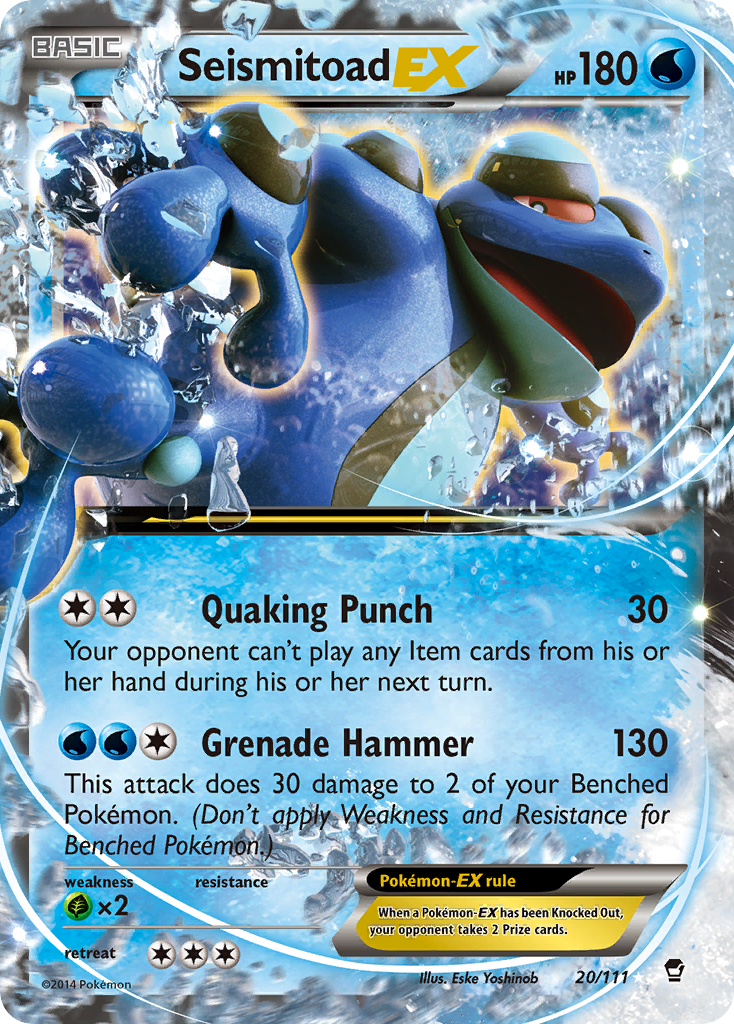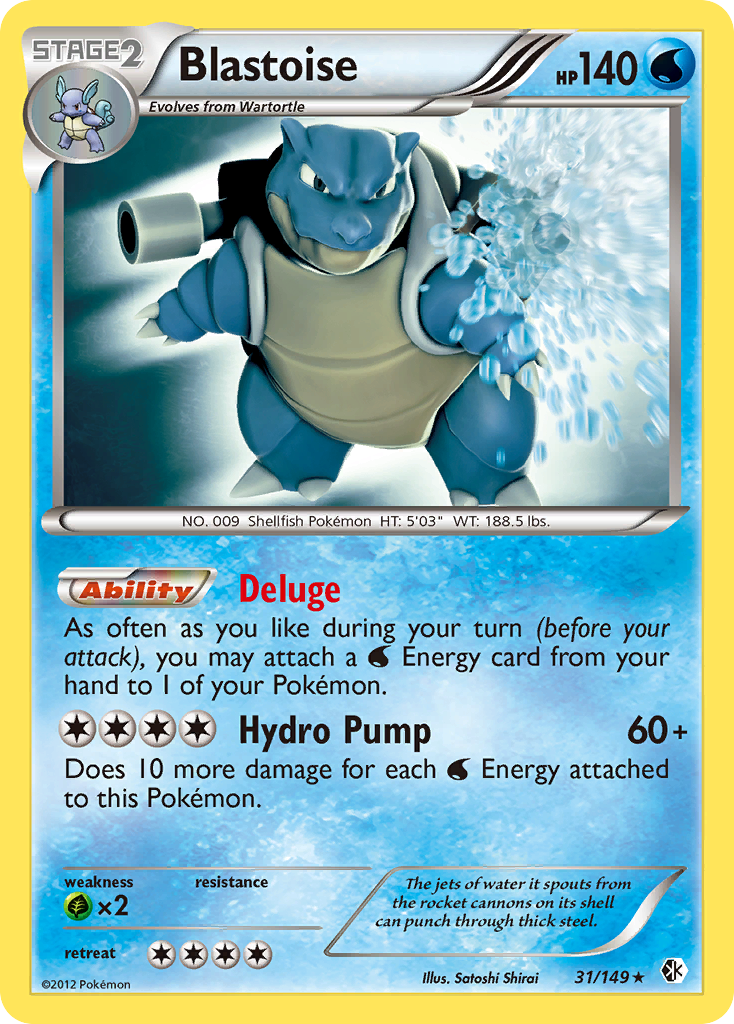From California to Texas — A Testing Guide for January
This past weekend, we had plenty of excitement throughout the Pokemon world. In Anaheim, we got our first look at the impact of Lost Thunder in Expanded, while our Standard meta became further refined and yet even more diverse in Harrogate! Jimmy Pendarvis continued his dominant season by winning his third Regional Championship in a row, and once again proved the power of Zoroark-GX. With all of this great new information, there is plenty to go over -- not to mention prepare for! After all, we are only one month away from the Dallas Regional Championships -- and while that may be an eternity compared to the quick pace of events at other times of the year, that time will be over before you know it.
This time, I’ll be using this article both as a recap of last weekend’s tournaments, as well as a guide to show how to use these recent results in your own quest for tournament success. If you are planning to attend either the Dallas Regional Championships, the Mexico City Special Event, or the Oceania International Championships, then you’ll want to pay particular attention to these recent tournament results, since the results of Anaheim and Harrogate will have an effect on the expected metagame. Even if you aren’t planning on attending any of the upcoming major events, you’ll want to be able to use this info to try and predict the upcoming meta at any League Cups or Challenges you might attend.
Gathering Results
Immediately after a large Regional Championship, the first thing to do is to check out the results and gather the answers to any questions you might have about what happened at the event. What won? What was the Day 2 composition like? What matchups were people commonly running into? Were there any neat rogue decks? The more available information you can gather at this point, the better. In an ideal situation, you’ll be able to scrounge together both top-performing deck lists and an idea of the meta composition, which you can then use to get a good feeling for what did well, as well as what didn’t.
Nowadays, the amount of data one can obtain from large Regional Championships can be massive. In addition to the normal Top 8 deck lists, the new norm for many of the US events also includes Day 2 deck lists, a complete breakdown of what decks were played, as well as other gameplay insights that can be gathered through the livestream of the event. Unfortunately, Anaheim was not a tournament from which that full meta information was made available -- we’ll have to make due with incomplete information. What we do have is most of the Day 2 deck makeup, to go along with a smattering of lists and matchup information that individual players have shared themselves via social media.
Without the full meta information, we won’t quite be able to see which decks under-performed and over-performed, nor can we get a good sense of decks were prevalent. What we can do, however, is compare the results to the pre-tournament “hype” that those decks had, and get a feel for what decks were dominant. Additionally, we can compare the results of Anaheim and Harrogate to previous tournaments -- namely, the Portland and Roanoke Regional Championships -- to see how they compare. While the Portland:Anaheim comparison won’t be quite one-to-one like the Standard event comparison, the slow-changing nature of Expanded makes the impact of a single set generally less, to the point that we can anticipate which of the changes in tournament results were due to new cards from Lost Thunder, and which were due to fluctuations in the existing meta. From there, we can try and put together a picture of what the metagame looked like, and use that to try and determine what we need to prepare for going forward into the Dallas and Mexico City events.
Anaheim Results
Spoiler: Zoroark-GX is a good card. In addition to winning the tournament outright, Zoroark-GX variants made up four of the Top 8 spots in the tournament, while also making up a whopping 30 of the 48 decks in Day 2. Most of these variants were control based, rather than aggression based; 18 were paired with Garbodor, five were with Seismitoad-EX (including the winning variant), and a few others were based around hand disruption, with only four being paired with attackers such as Weavile, Golisopod-GX and Lycanroc-GX. Indeed, there were as many Zoroark-GX / Garbodor decks alone in Anaheim’s Day 2 as there were all Zoroark-GX variants in total in Portland’s Day 2!
Overall, control decks appear to have been incredibly dominant in Day 1, as they made up the majority of the non-Zoroark deck in Day 2, though they were less dominant in Day 2 itself. All four of the non-Zoroark decks in Top 8 were more aggressive decks: Lucario-GX, Buzzwole-GX, Rayquaza-GX, and my personal favorite of the four, Vespiquen / Flareon.
Compared to tournament results from before Lost Thunder, the Anaheim results come off as rather centralized, and that is how I would expect Expanded tournaments to be going forward. Of particular note, Trevenant and Blastoise decks both failed to make an impact -- quite a surprise, given that those two decks finished second and third respectively in Portland, and together made up over 20% of the Portland Day 2 meta. Other decks that were missing in action include Night March, Sableye, Alolan Exeggutor, and Sylveon-GX, all decks that managed multiple Day 2 spots in Portland, but failed to achieve those spots in Anaheim. While those decks may have been a bit more fringe, and thus simply didn’t see a ton of play, the utter lack of success for Trevenant and Blastoise drastically contrasts with the pre-tournament hype those decks received. Both of those decks were widely considered to be tier one, and most players, including myself, would have expected them to make up a decent percentage of the meta, especially since both performed well in Portland, and neither appeared to be heavily impacted by any cards coming out of Lost Thunder. I wouldn’t expect either of these decks to vanish going forward -- both are still incredibly strong, but both may be diminished if their matchups have become less than favorable.
As far as the impact of Lost Thunder, Girafarig and Faba were both solid performers in control decks including Pendarvis’ winning list, as was Ditto Prism Star in Stage 1 decks such as Zoroark-GX / Garbodor and Zebstrika in Vespiquen. While nothing from Lost Thunder ended up truly taking Expanded by storm, there is no doubt that the new techs proved to be useful. One final thing about this event is that any pre-tournament concerns about Unown DAMAGE were soundly put to rest, as the card proved to be unworthy of playing, much less banning!
Harrogate Results
As much as Anaheim’s results appeared to be boring and centralized, Harrogate’s results were the opposite. While Harrogate wasn’t the first Regional Championship of the SUM-LOT format, we did get a good number of deck surprises out of its results. Attacking Steelix and Zoroark-GX / Gyarados were both solidly outside the box and incredibly successful, as was the resurgent White Kyurem, a deck that most had written off prior to this event. While we did see the expected smattering of Blacephalon-GX, Granbull, Buzzwole-GX, Malamar, and more traditional Zoroark-GX variants, the success of more rogue concepts shows that there is still a great deal of room for innovation in Standard. In the Top 8, only Blacephalon-GX / Naganadel took up more than one spot. Even better, there were an incredible 20 different deck variants in Day 2, with even more that ended up missing the Day 2 cut. Diversity is the name of the game in Standard.
I find it worth noting that those 20 deck variants didn’t even include several successful decks from Roanoke, such as the victorious Gardevoir-GX / Solgaleo-GX.
Overall, this field did absolutely nothing to help determine a clear BDIF in Standard, which, given the state of Expanded, might be a good thing!
This concludes the public portion of this article.
If you'd like to continue reading, consider purchasing a PokeBeach premium membership! If you're not completely satisfied with your membership, you can request a full refund within 30 days.
Each week we post high-quality content from some of the game's top players. Our article program isn't a corporate operation, advertising front, or for-profit business. We set our prices so that we can pay the game's top players to write the best content for our subscribers. Each article topic is carefully selected, goes through multiple drafts, and is touched up by our editors. We take great pride in our program!



